May 14, 2025 | 07:39 GMT +7
May 14, 2025 | 07:39 GMT +7
Hotline: 0913.378.918
May 14, 2025 | 07:39 GMT +7
Hotline: 0913.378.918
Nearly a year after the official date of operation, the high-speed railway line crossing many difficult terrains, connecting Vientiane the capital of Laos and the city of Kunming - the center of Yunnan province (China) increasingly asserts an important position in the transport of passengers and goods as it not only saves a lot of time but also reduces transportation costs by 40-50% compared to using road. The train cars always being full, stations always staying busy from early morning until late at night not only promotes economic development for Laos but also for the whole region because Laos is an important transport link.

In December 2021, after 5 years of construction, the 1,035 km-long Laos-China high-speed railway system from Vientiane the capital of Laos to Kunming - the capital of Yunnan province (China) was officially put into operation with 414 km in the territory of Laos.
With an average speed of 120 km/h for cargo trains, 160 km/h for passenger trains, the time it takes to go from Vientiane railway station to Boten railway station, which is adjacent to the Laos-China border, is approximately 4 hours. The fare for the first class car is 529,000 Laotian Kip (approximately VND 760,000 at the current exchange rate). As for the ticket for the 2nd class car, the fare is 333,000 Laotian kip (approximately VND 480,000).
“I often take this train after it was put into operation. Laos’ roads and the national highway are very bad at the moment as it is the rainy season, so the journey from my hometown to the capital to work poses certain problems. It takes quite a lot of y time, more than 12 hours at least. Now since there exists the railway, it only takes 2 hours to go from Luang Prabang to Vientiane,” said Southivone Vannasy, a Laotian tour guide.
Under the agreement, China holds 70% of the joint venture, Laos holds the remaining 30%. As this is a project under a build-operate-transfer (BOT) contract, the government of Laos will take over the exploitation and receive 100% of the profits after 50 years. This high-speed railway system has turned Laos from a landlocked country located deep in the mainland into an important transport link, greatly shortening the time and cost of transporting goods compared to using road. It is estimated that logistics costs for the entire Vientiane - Kunming route can be reduced by 40 - 50% thanks to this high-speed railway. The governments of Laos and China have also signed an agreement to create a legal framework for the cross-border movement of goods and passengers.
“After the Laos - China railway was completed, the State of Laos launched a lot of support policies so that foreign companies which want to invest in Laos can invest under the new law, providing support to help them operate in an easier, faster, and more convenient way,” said Some Phone Phanusith, Advisor of Former Prime Minister Bouasone Bouphavanh.
In the overall strategy of inter-country cooperation, taking transport infrastructure as a fulcrum for economic development, this railway line will be connected with many other countries in the region including Thailand, Singapore, and Malaysia, at the same time connecting with other countries by train line system such as Vietnam, Cambodia, and Myanmar.
Investors as well as the Government of Laos hope to bring agro-forestry products, the strength of this country, to the European market by using the high-speed railway system. In the first years the volume may reach 300,000 containers, then it will increase to 1.2 - 1.8 million containers per year.
Apart from this high-speed railway, the Laos-Thailand railway project connecting to the Laos-China high-speed railway is also being built with haste. This cross-border connection will help transport goods between Thailand and China 24 hours faster than before, with costs reduced by at least 25%. Train stations in Luang Prabang city, Vang Vieng town and Vientiane capital will bring a tourism boom to Laos in the future. Along with the railway system, the arterial highway connecting the Laos-China border to Vientiane and from Vientiane to Southern Laos is also under construction or already in the construction plan.
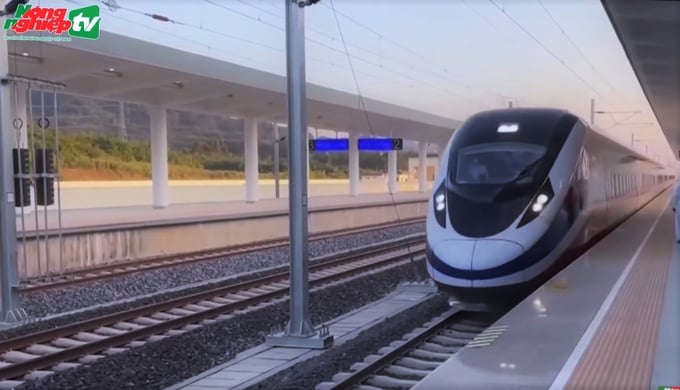
Investors as well as the Government of Laos hope to bring agro-forestry products, the strength of this country, to the European market by using the high-speed railway system.
“Regarding the highway routes, we have Highways 13 North and 13 South. In particular, the Highway 13 North is divided into 4 phases and has completed phase 1, from Vientiane to Vang Vien with a length of 120 km. Phase 2 from Vang Vieng to Luang Prabang is being implemented. Phase 3 will be from Luang Prabang to Oudomxay and phase 4 from Oudomxay to Boten,
“As for Highway 13 South, we have decided to make the highway to Vietnam and Cambodia according to the old route. There is also a highway that has completed the plan from the existing highway passing through Xiangkhouang, Houaphanh to the Vietnamese border,” said Phaykham Phalixai, Sun Trade Service and Import Export Co., Ltd – Laos.
Translated by Samuel Pham
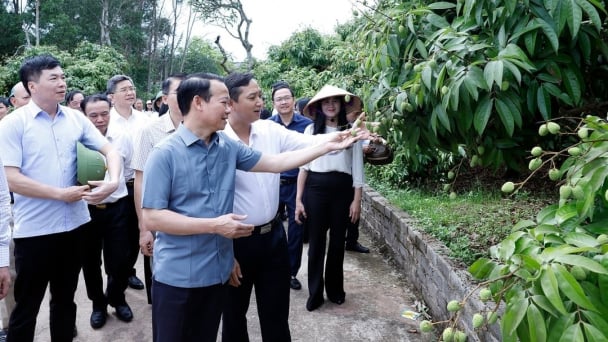
(VAN) Agriculture and environment sector experienced a 3.74% increase in growth during the first four months of 2025, with exports surpassing 21 billion USD. This growth was sustained by effective reforms and a trade surplus.

(VAN) Taiwan offers a promising market for Vietnamese turmeric; however, it enforces stringent standards, particularly concerning residual additives, colourants, and substances with potential carcinogenic effects.

(VAN) Through activities at Vietnam Sea and Island Week 2025, solutions will be developed to fully harness the potential and advantages of Vietnam's marine economy.
![Multi-channel, multi-directional Vietnamese agricultural markets: [4] EVFTA and the 0% tax advantage](https://t.ex-cdn.com/nongnghiepmoitruong.vn/608w/files/linhnhp/2025/05/12/day-chuyen-che-bien-tom-tai-1-nha-may-cua-sao-ta-205536_359-1044193.jpg)
(VAN) The near-complete elimination of import tariffs on Vietnamese goods makes the EVFTA the highest commitment the EU has ever made to a partner in its signed trade agreements.
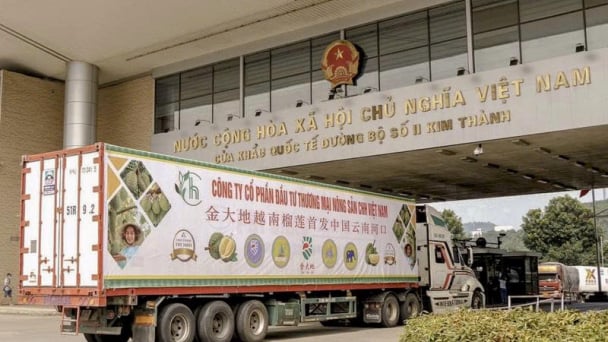
(VAN) Deputy Minister Phung Duc Tien hopes that China will facilitate the entry of Vietnamese agricultural products into its market and accelerate customs clearance at border gates.
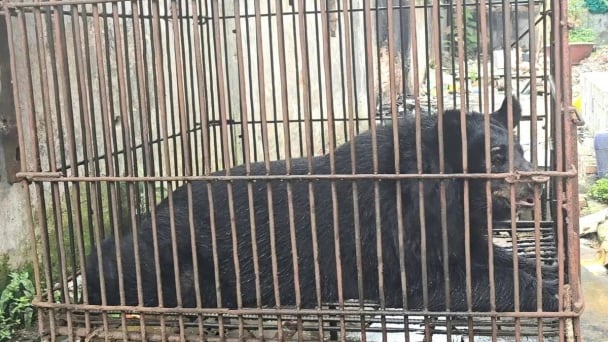
(VAN) On May 10, the Animals Asia Foundation and the Hai Phong Crop Production and Forest Protection Department successfully rescued a nearly 20-year-old sun bear that was being kept by locals.
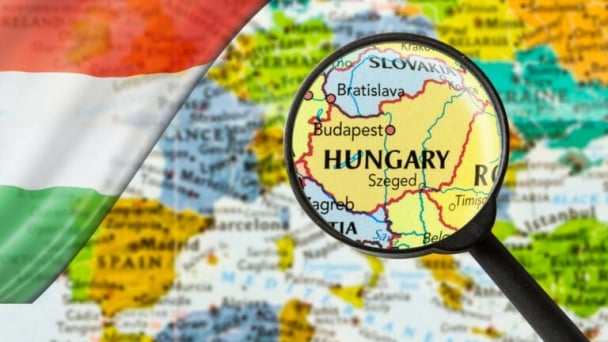
(VAN) Does Hungary have an opportunity to expand poultry production in the coming years despite the pressure from avian influenza and challenges of the trade war?